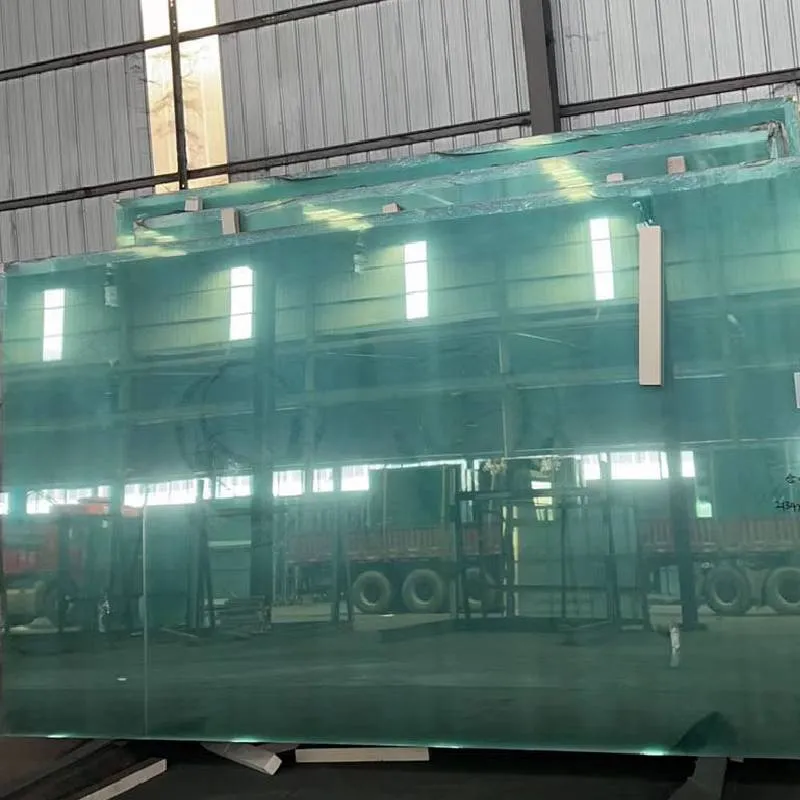The Allure of Antique Segmented Mirrors
Antique segmented mirrors are not merely functional objects; they are exquisite pieces of art that capture the essence of bygone eras, reflecting both beauty and craftsmanship. These mirrors, often made of multiple smaller mirrored segments arranged in intricate patterns, possess unique characteristics that distinguish them from contemporary designs. Whether you're an avid collector or just an admirer of vintage decor, understanding the history and appeal of segmented mirrors can enhance your appreciation for these timeless artifacts.
The History of Segmented Mirrors
The origins of segmented mirrors date back to the late Renaissance period in Europe when artisans began experimenting with glass production techniques. These mirrors often featured a series of small, individual glass pieces, each reflecting light in its own way. This segmentation allowed for varying degrees of light reflection and created an intriguing optical effect. By the 18th century, segmented mirrors had gained popularity in France and England, often used to adorn the walls of grand salons and opulent castles.
Crafters employed intricate designs, combining mirrors with frames made of wood, metal, and even ornate plasterwork. The segmented style became a symbol of sophistication and wealth, frequently seen in the homes of the aristocracy. Each mirror was a testament to the artisan's skill, and the variety of designs reflected the tastes and trends of the time, from baroque to neoclassical styles.
Craftsmanship and Design
One of the defining features of antique segmented mirrors is the craftsmanship involved in their creation. Unlike modern mirrors that are typically mass-produced, these vintage pieces were handcrafted, often requiring meticulous attention to detail. The segments, typically produced from smaller sheets of glass, were carefully joined to form a cohesive and visually captivating unit. Artisans employed techniques such as beveling and etching to enhance the mirrors' appeal, adding depth and dimension that are often absent in contemporary pieces.
antique segmented mirror
The frames of segmented mirrors were equally important to their overall design. Common materials included gilded wood, wrought iron, and even painted finishes that showcased the artistic styles of their time. Many frames featured elaborate carvings and motifs that further accentuated the design, making these mirrors not just reflective surfaces but also stunning decorative elements.
Modern Appeal of Antique Segmented Mirrors
In today's interior design landscape, antique segmented mirrors enjoy renewed popularity, thanks in part to the growing interest in vintage and retro aesthetics. These mirrors offer a unique charm that contrasts with the sleek minimalism prevalent in modern designs. Homeowners and designers alike seek out antique segmented mirrors to add character and elegance to spaces, drawing on their rich history.
Placing an antique segmented mirror in a room can change the entire ambiance. They create an illusion of space, reflecting light in a way that can brighten even the darkest corners. Whether hung above a mantelpiece, used as a statement piece in an entryway, or layered against a wall in a gallery-style display, these mirrors serve as captivating focal points that draw the eye.
Moreover, the sustainability aspect of using antique pieces cannot be overlooked. As society becomes increasingly conscious of environmental issues, incorporating vintage items into home decor is an eco-friendly choice. Each segmented mirror carries its own story and history, making it a meaningful addition to any home.
Conclusion
Antique segmented mirrors are far more than mere decor; they are windows into the past, reflecting not only our images but also the artistry and craftsmanship of previous generations. Their unique designs, historical significance, and modern appeal make them valuable assets for any collector or interior enthusiast. As you explore the world of antique segmented mirrors, you may find that they hold a beauty and charm that is truly timeless, inviting you to reflect on both the past and the present while enhancing your living space with their elegance.
 Afrikaans
Afrikaans  Albanian
Albanian  Amharic
Amharic  Arabic
Arabic  Armenian
Armenian  Azerbaijani
Azerbaijani  Basque
Basque  Belarusian
Belarusian  Bengali
Bengali  Bosnian
Bosnian  Bulgarian
Bulgarian  Catalan
Catalan  Cebuano
Cebuano  Corsican
Corsican  Croatian
Croatian  Czech
Czech  Danish
Danish  Dutch
Dutch  English
English  Esperanto
Esperanto  Estonian
Estonian  Finnish
Finnish  French
French  Frisian
Frisian  Galician
Galician  Georgian
Georgian  German
German  Greek
Greek  Gujarati
Gujarati  Haitian Creole
Haitian Creole  hausa
hausa  hawaiian
hawaiian  Hebrew
Hebrew  Hindi
Hindi  Miao
Miao  Hungarian
Hungarian  Icelandic
Icelandic  igbo
igbo  Indonesian
Indonesian  irish
irish  Italian
Italian  Japanese
Japanese  Javanese
Javanese  Kannada
Kannada  kazakh
kazakh  Khmer
Khmer  Rwandese
Rwandese  Korean
Korean  Kurdish
Kurdish  Kyrgyz
Kyrgyz  Lao
Lao  Latin
Latin  Latvian
Latvian  Lithuanian
Lithuanian  Luxembourgish
Luxembourgish  Macedonian
Macedonian  Malgashi
Malgashi  Malay
Malay  Malayalam
Malayalam  Maltese
Maltese  Maori
Maori  Marathi
Marathi  Mongolian
Mongolian  Myanmar
Myanmar  Nepali
Nepali  Norwegian
Norwegian  Norwegian
Norwegian  Occitan
Occitan  Pashto
Pashto  Persian
Persian  Polish
Polish  Portuguese
Portuguese  Punjabi
Punjabi  Romanian
Romanian  Russian
Russian  Samoan
Samoan  Scottish Gaelic
Scottish Gaelic  Serbian
Serbian  Sesotho
Sesotho  Shona
Shona  Sindhi
Sindhi  Sinhala
Sinhala  Slovak
Slovak  Slovenian
Slovenian  Somali
Somali  Spanish
Spanish  Sundanese
Sundanese  Swahili
Swahili  Swedish
Swedish  Tagalog
Tagalog  Tajik
Tajik  Tamil
Tamil  Tatar
Tatar  Telugu
Telugu  Thai
Thai  Turkish
Turkish  Turkmen
Turkmen  Ukrainian
Ukrainian  Urdu
Urdu  Uighur
Uighur  Uzbek
Uzbek  Vietnamese
Vietnamese  Welsh
Welsh  Bantu
Bantu  Yiddish
Yiddish  Yoruba
Yoruba  Zulu
Zulu 

